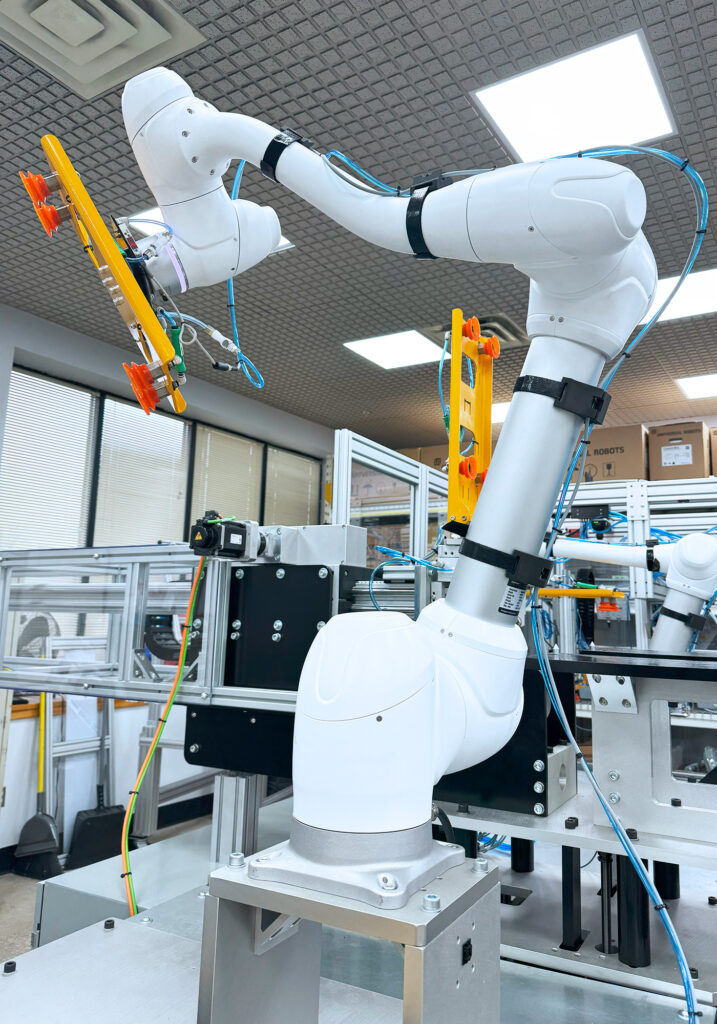One of the main challenges hindering the output of manufacturers across the United States is having a consistent labor force to keep up with production demand and tend machines. As the adoption of collaborative robots continues to grow throughout all industries, companies are reviewing the technology seeking new avenues of getting products out the door while keeping overhead costs down.
However, the robot is just the beginning. The challenge with cobots is the additional hardware needed to create an efficient workcell and the software needed to make it easy to interact with for daily operators.
This blog takes a deeper look at what a successful machine tending cell requires using a recent deployment as an example.
Machine Tending Automation
When looked at from a high level, the process is simple; put material into the machine and take it out. An operator can do this with ease, creating a manual workflow that works best in the footprint available. To add a collaborative robot, the workflow must be made repeatable with the goal being the longest walkaway time possible.
A turn-key machine tending cell designed and built by ONExia Inc.
Raw Material Presentation
For this application, custom carts were designed that can be wheeled into the workcell eliminating the need for manual staging. Once locked in place, the system begins production.
One of the challenges specific to this project is the parts sticking together. To alleviate this problem, a secondary move was added to shake the parts apart with a vision system confirming the position prior to the part being picked by the first cobot.
Press Machine Loading & Unloading
Due to the reach needed for placement, a mechanical positioner is used to place parts into the machine and remove them after the press process is completed. Additional software controls trigger the press eliminating any need for intervention from an operator.
Finished Part Handling
After the machining process is completed, the finished parts are picked from the mechanical positioner’s gripper by a second collaborative robot and placed onto a cart to be moved to the next step in the manufacturing process.
Simplified User Interface
Exceeding the capabilities of the robot controller, additional software is needed to make the cell easy to use for daily operators. Controlled through a single HMI, the entire workcell is started with the push of a button.
Part Changeover
Keeping downtime to a minimum is a major priority when considering adding automation. With multiple part sizes being considered, the tooling on the robots and mechanical loader are equipped with quick-disconnects and tool changers. Once the end-effectors are swapped, the operator selects the new part from the HMI and the system is ready to begin production in minutes!
Are you looking to explore automating machine tending or another manual operation in your manufacturing process? Contact us today and get started!


